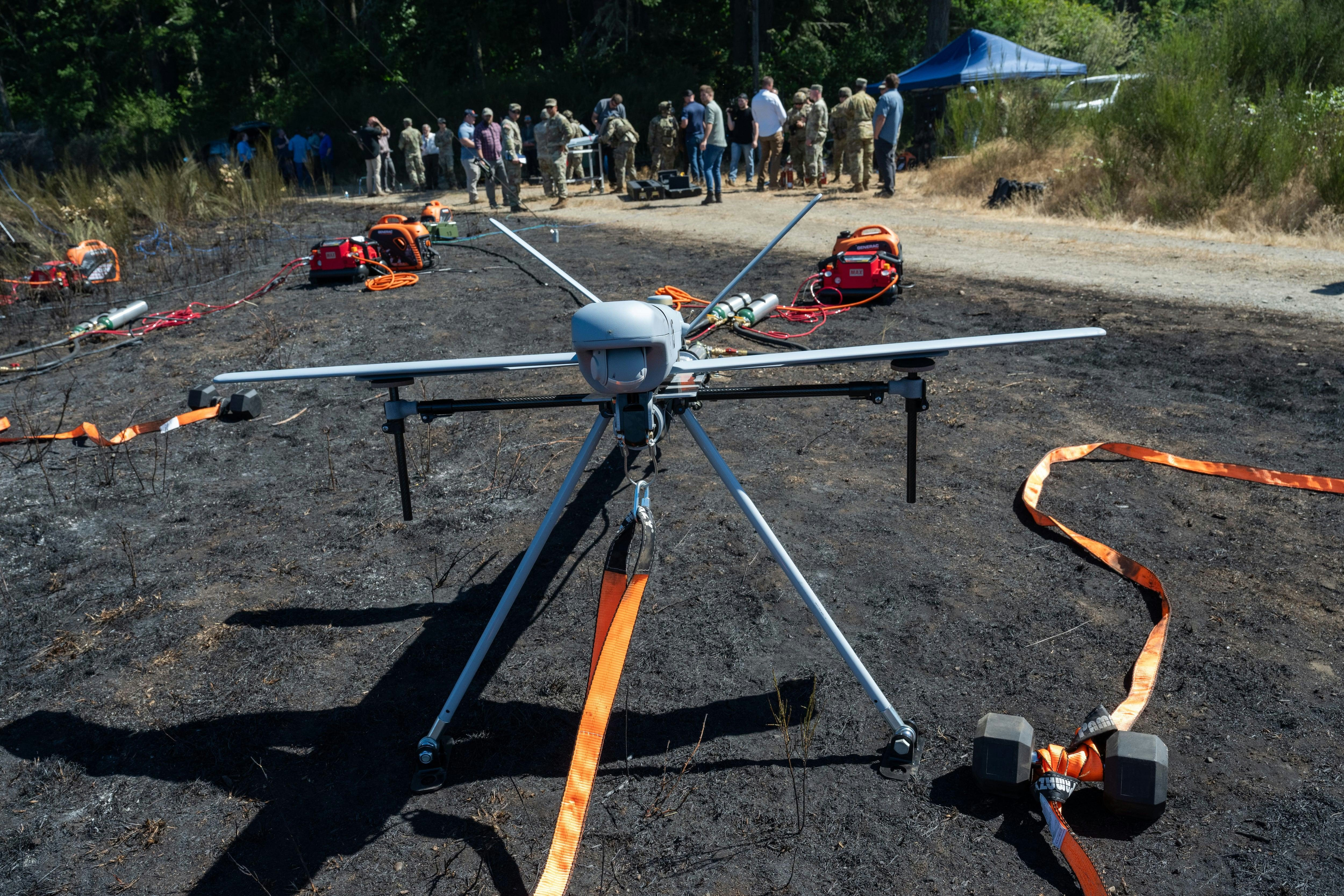
AeroGenie — Seu copiloto inteligente.
Tendências
Categories
Boeing Books $32.5 Billion in Orders Amid Rising 737 MAX and 787 Deliveries
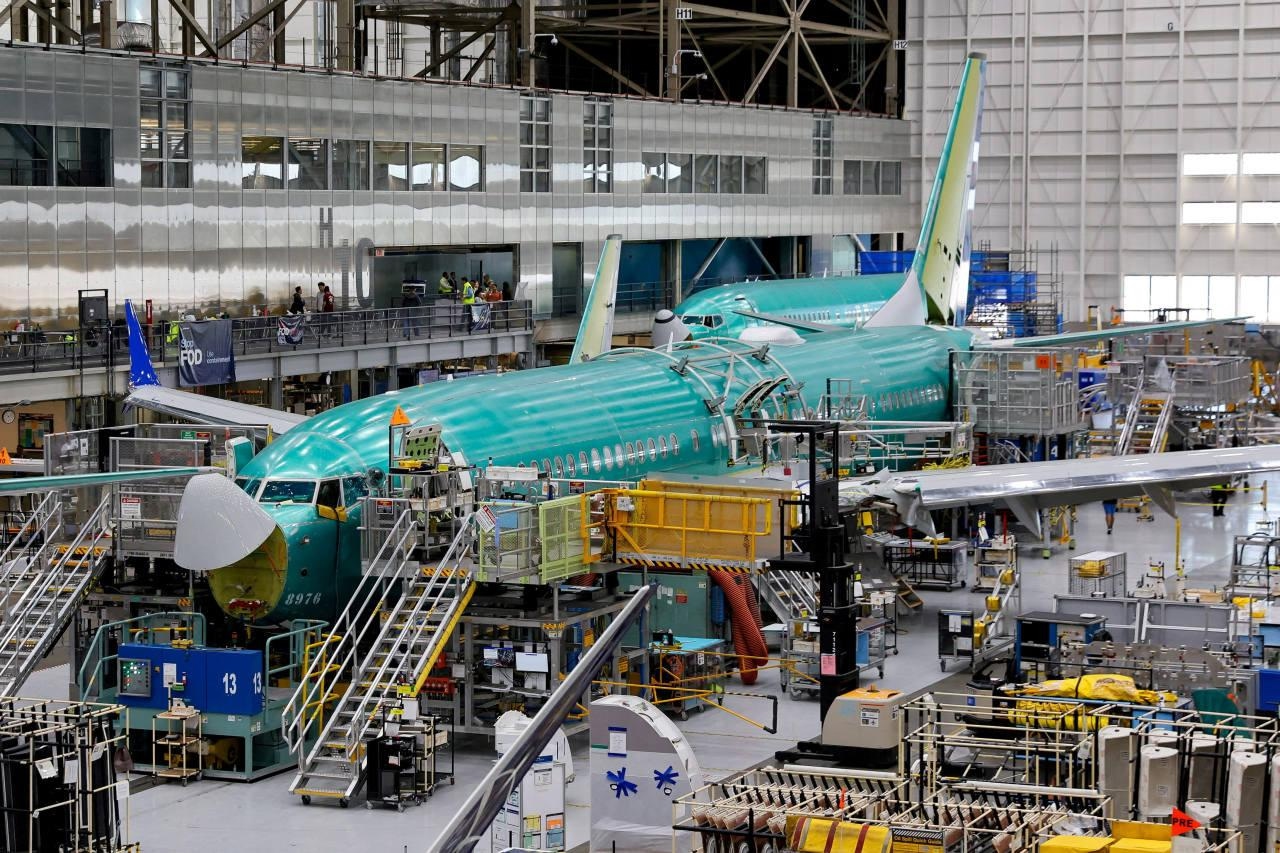
Boeing Books $32.5 Billion in Orders Amid Rising 737 MAX and 787 Deliveries
Boeing has announced $32.5 billion in new aircraft orders, reflecting a resurgence in demand as deliveries of its 737 MAX and 787 Dreamliner models gain momentum. This development signals renewed confidence in the U.S. aerospace manufacturer despite the persistent challenges facing the industry.
Production Challenges and Market Response
The increase in orders coincides with Boeing’s efforts to sustain production of the 737 MAX, a model that has endured significant scrutiny following two fatal crashes and a subsequent global grounding. The company continues to manage the financial repercussions of a $2.5 billion settlement related to the MAX crisis, while striving to meet delivery targets for the latest MAX 10 variant. Certification and delivery delays for the MAX 10 have led some customers to reconsider their orders, opting instead for other variants, thereby complicating Boeing’s production strategy.
Despite these obstacles, the market response has been largely favorable. Boeing’s robust order book reflects strong demand from airlines eager to modernize their fleets and benefit from the recovery in global air travel. The company’s ability to accelerate deliveries has played a crucial role in rebuilding customer trust and bolstering investor confidence.
Competitive Pressures and Industry Outlook
Boeing faces intense competition from its European rival Airbus, which has delivered 243 aircraft so far this year, including 51 in May alone. Airbus’s consistent production pace intensifies the pressure on Boeing to resolve ongoing production bottlenecks and prevent further delays.
Industry analysts recognize Boeing’s recent performance as a notable turnaround from previous years but emphasize that maintaining high production rates, particularly for the 737 MAX, remains a significant challenge. The company must also carefully manage its financial position and address any residual safety concerns to secure long-term stability.
As Boeing contends with these operational and financial pressures, the surge in orders and deliveries underscores both the resilience of the commercial aviation sector and the competitive dynamics shaping the future of global air travel.

Lufthansa's Fleet Plans for 2025

Fifteenth National Games Model Aviation Finals in Longhua Showcase Drone Sports and Innovation
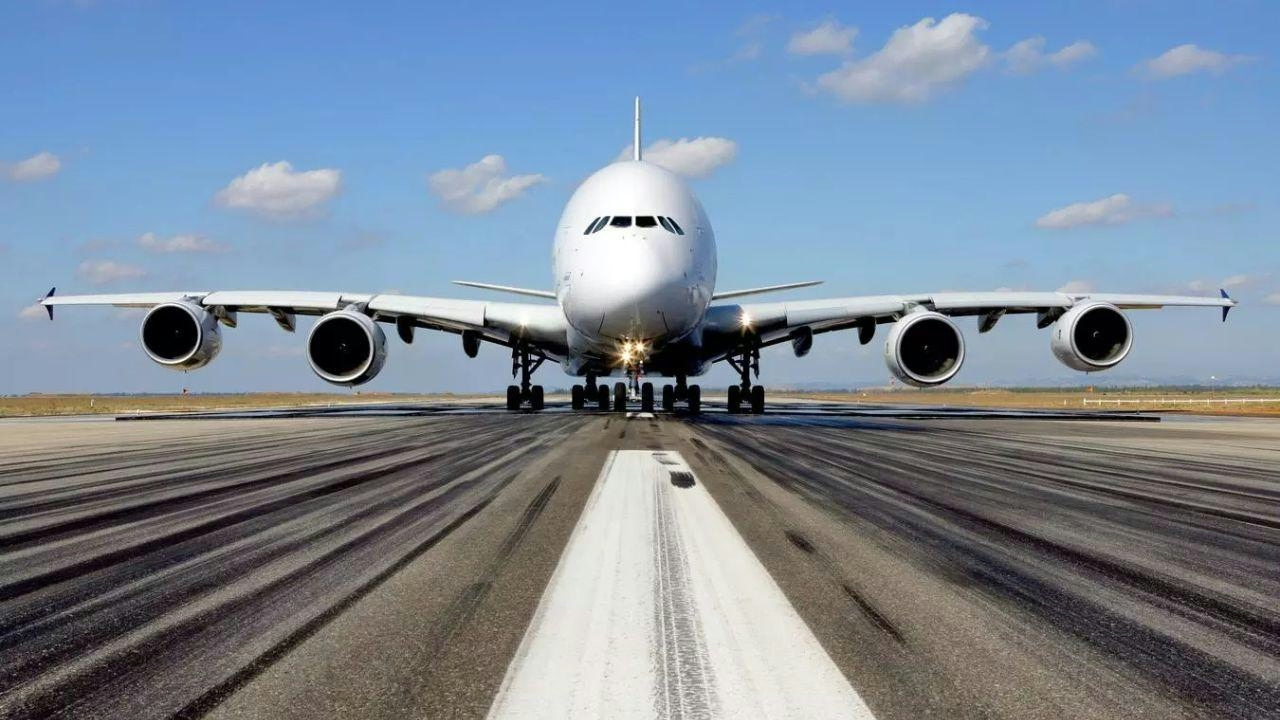
Brazilian Woman Becomes First Female Captain of Airbus A380
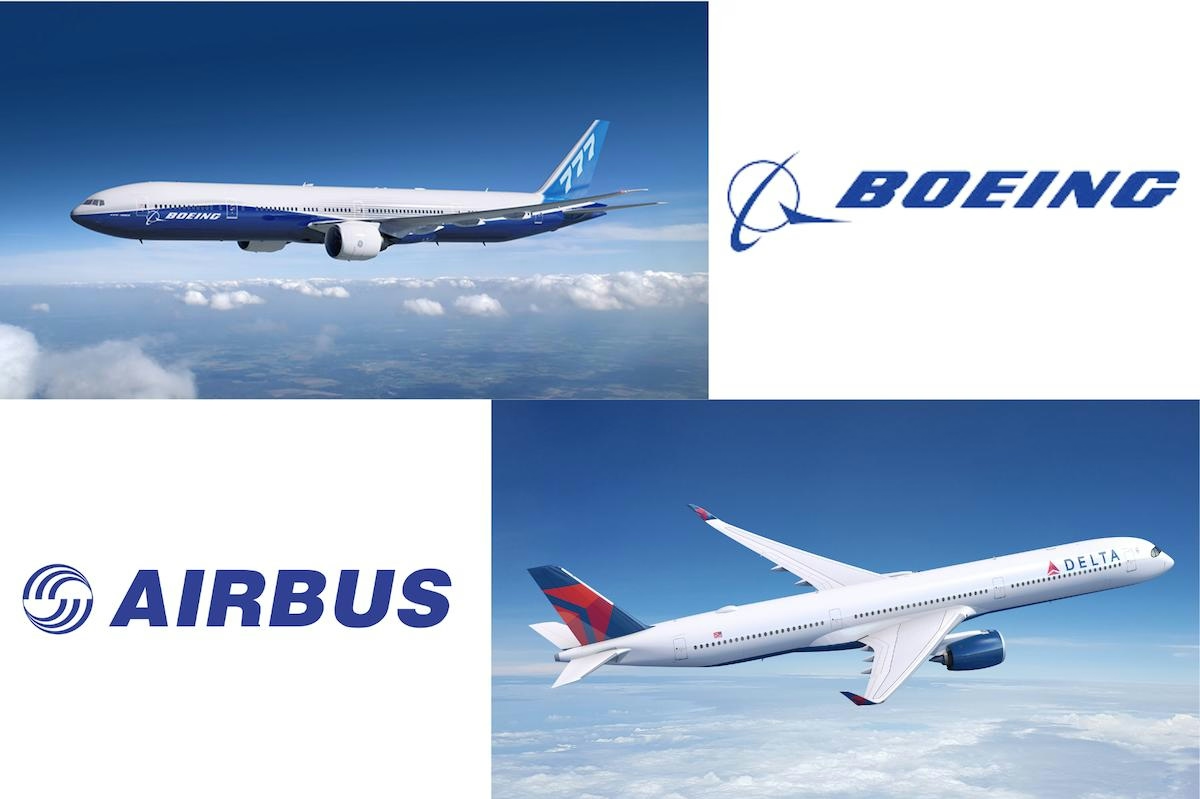
Airbus and Boeing: Comparing Their Global Reach

Vietjet Orders 100 Airbus A321neo Jets, Strengthening UK-Vietnam Strategic Partnership
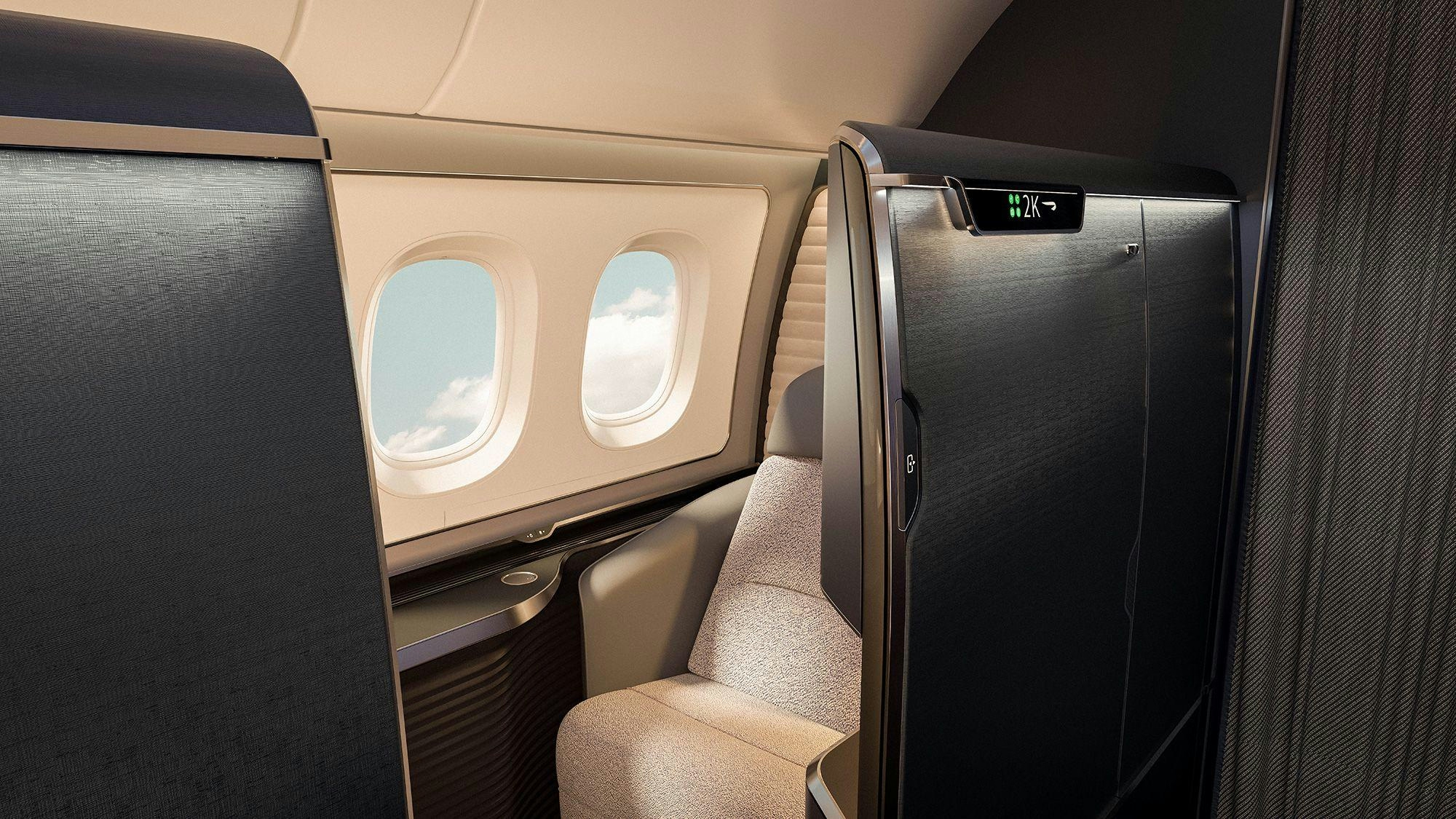
The Aircraft Set to Replace the Iconic Superjumbo

Delta Air Lines Introduces AI-Powered Concierge Service

Shanghai to Host 2025 North Bund International Aviation Forum
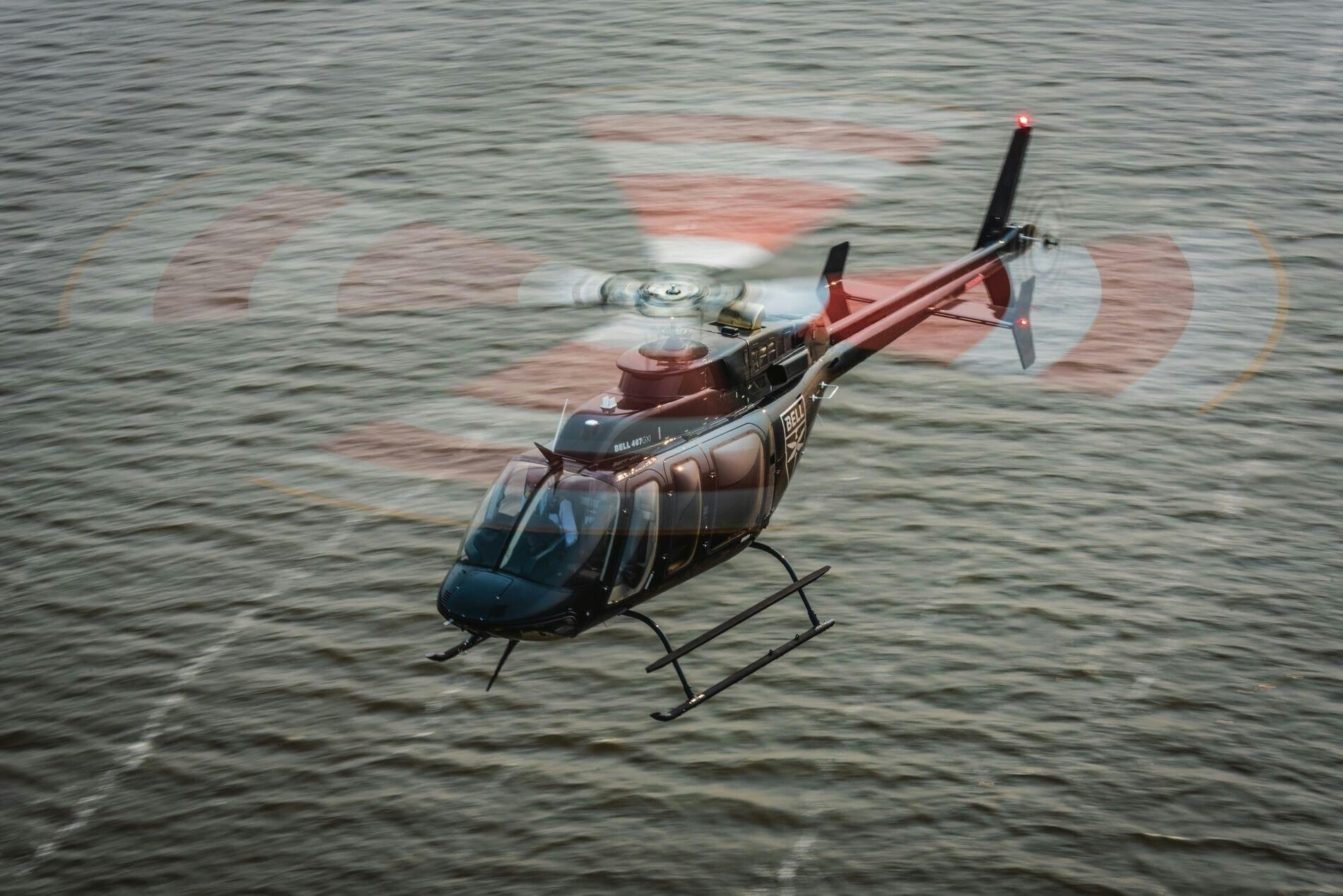
Air Methods Acquires Three Bell 407GX Helicopters and Receives Bell 429 for Medical Fleet
